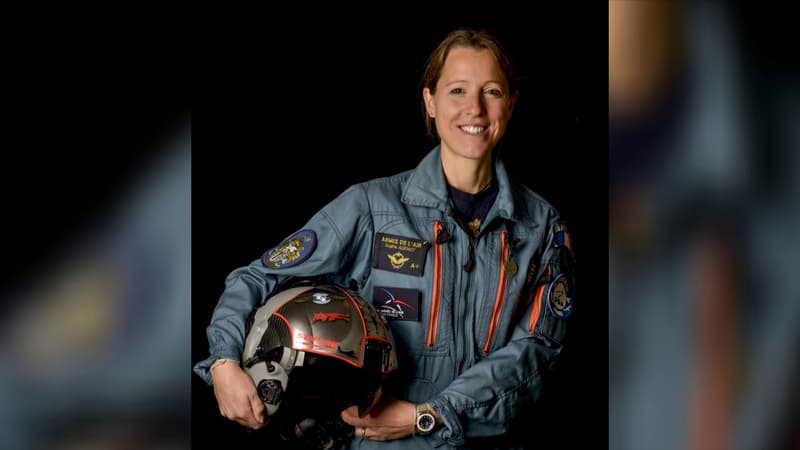The adventure has only just begun for Sophie Adenot. “The first step is to go back to school, surprising as it may seem at 40. I will have to learn the trade of an astronaut that I don’t know at all,” said the new French signing of the European Space Agency (ESA) on Wednesday.
After “a year and a half of intense preparation” to be selected, the new class of European astronauts will be trained at the European Astronaut Center in Cologne, Germany, to eventually fly into orbit aboard the International Space Station (ISS).
Initial theoretical training
The training will begin in April 2023. “They are given time to finish their commitments in their respective organization or company, they are people who have a notice, a move, a family life… Life does not stop because we are astronauts”, he explains to BFMTV Thomas Pesquet.
Then basic training begins. “It’s a bit like going back to school. With very different profiles, we will have to put them all on the same level in space science and technology”, continues the French astronaut.
In fact, Sophie Adenot is a test pilot and engineer, a lieutenant colonel in the French Air Force. But among the laureates there is also a doctor, a professor-researcher or a physicist.
The first stage of training, which lasts approximately twelve months, is fundamentally theoretical. It is therefore about becoming familiar with ESA and its partners, as well as taking very diverse courses such as electrical engineering, computer science, space mechanics, biology or even the history of manned spaceflight.
“Learning Russian was on the menu for us. I don’t know if they will have the right to do so, we can doubt it in view of the news”, adds Thomas Pesquet.
Models, swimming pool, centrifuge, parabolic flights…
On the ISS, the astronauts are on their own. They must be able to do everything on board the station: you have to learn everything about its operation and know it down to the smallest detail. To do this, Sophie Adenot and her new colleagues will train on models of the ISS modules, to take it by the hand and prepare for emergency scenarios.
A large part of astronaut training involves preparing for the conditions that await them in space. For example, many hours of immersion in a swimming pool are planned to end up in simulated conditions of weightlessness, very close to those experienced in space. The astronauts thus descend underwater accompanied by their complete equipment amid reproductions of ISS modules.
Sophie Adenot will also go through the centrifuge, which subjects the body to extremely high forces to prepare it for takeoff and re-entry into the atmosphere, or will participate in parabolic flights to free fall from around 2,500 meters.
“It’s a lot of sport,” says Thomas Pesquet, who experienced the same training.
The new astronauts will also learn to master the piloting of the spacecraft that will take them to the ISS: be it the Russian Soyuz or SpaceX’s Crew Dragon.
The assignment of a mission
At the end of this basic training and space station training, the astronauts will be assigned a mission. In fact, they will be taken to join the ISS to carry out scientific experiments. The weightlessness situation on board makes it possible to carry out experiments that are impossible to carry out on Earth in various fields such as medicine, biology, physics, neuroscience or even botany.
Once assigned a mission, the training is tailored to the specific tasks to be carried out: astronauts must know by heart the manipulations and protocols they will have to implement.
“This training lasts at least two years,” explains Sophie Adenot on BFMTV.
With his five colleagues, he will thus become a real Swiss Army knife before being eligible for a space flight. However, you will have to be patient because it will not go to the ISS before 2026 “at least”. Thomas Pesquet trained for seven years before taking off into space.
Source: BFM TV


